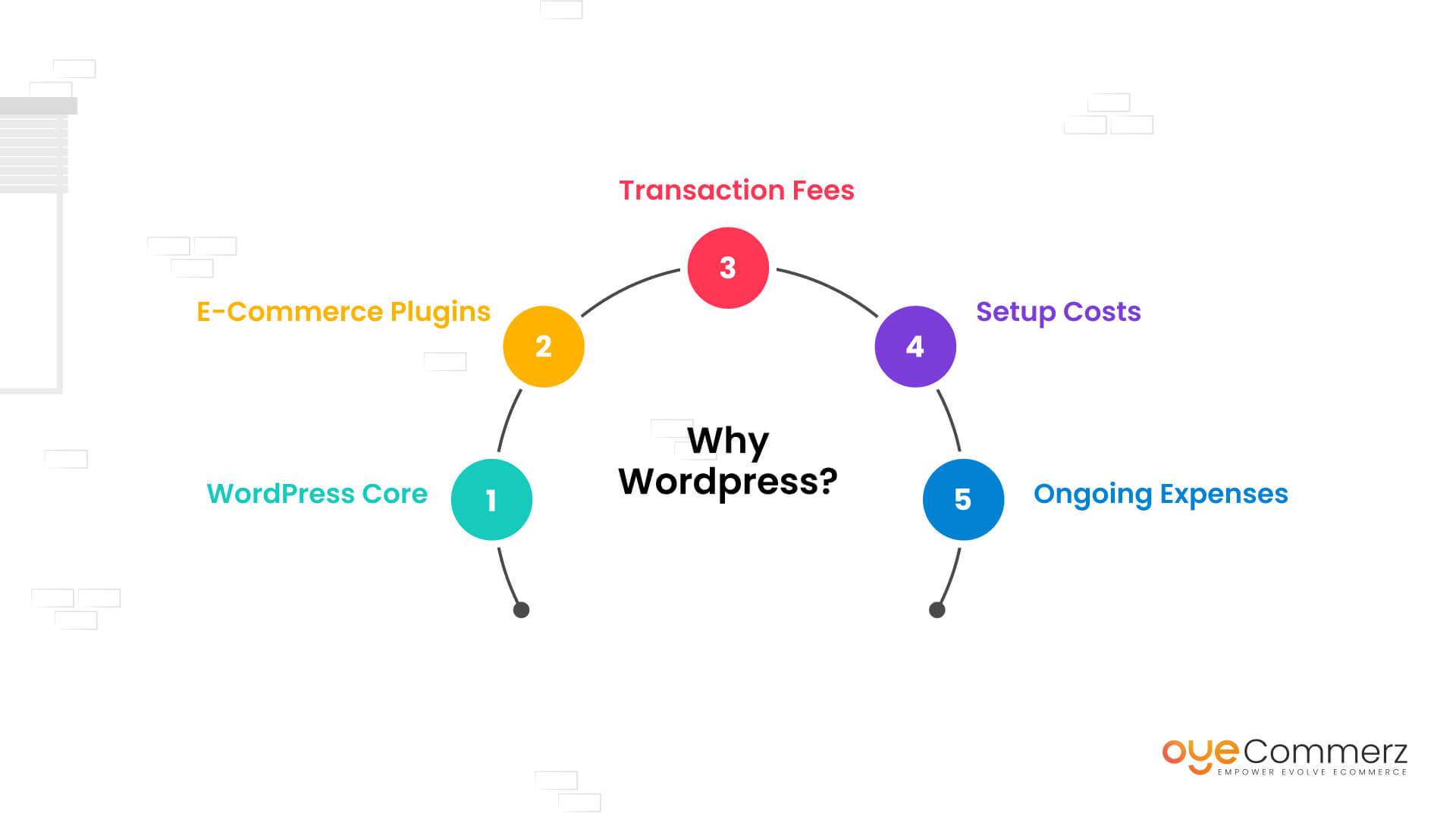Shifting from WordPress to Shopify marks an exciting step toward streamlining your e-commerce processes. As businesses grow, selecting a platform that supports growth potential, UX, and flexibility is essential. Shopify is widely recognized as a favorite for e-commerce professionals, providing unmatched flexibility, security, and ease of use. In this guide, we’ll explore why this migration is a game-changer, highlight the benefits, and share practical tips to ensure a smooth move.
1. Top Reasons to Transition from WordPress to Shopify
WordPress, paired with WooCommerce, has served countless e-commerce platforms. Nevertheless, as companies scale, issues like reliance on plugins, data risks, and technical complexities can hinder progress. Shopify, specifically created for e-commerce, eliminates these concerns with an all-in-one, user-friendly solution. Real data supports this shift—Shopify hosts over 4.4 million stores globally, with a documented 10% boost to sales conversion rates for many businesses after migration.
2. Shopify's Perks for Thriving Online Stores
Shopify’s robust ecosystem is tailored for expanding businesses. Its notable features include:
- Effortless Design Flexibility: Shopify offers over 80 expertly crafted themes.
- Integrated Tools: Capabilities such as Shopify Payments and built-in SEO save time and effort.
- International Expansion: Multi-currency support and localization features empower businesses to reach global markets.
Additionally, Shopify delivers an availability percentage of 99.98%, guaranteeing your website is always operational.
3. Getting Ready for Your WordPress-to-Shopify Transition
Before migrating, evaluate your current store. Review product data, customer details, and SEO performance. Tools like Shopify’s Migration Kit or external tools help ease the transition. Create a detailed strategy, ensuring all resources—item details, images, and articles—are ready for seamless import.
4. Data Migration: A Critical Step
Data migration is a cornerstone of a successful platform switch. When moving from WP to Shopify, focus on:
- Inventory Details: SKU, descriptions, and groupings.
- Client Information: Emails, order history, and custom fields.
- SEO Optimization: Retain meta tags, URLs, and redirects to avoid SEO losses.
Use apps like LitExtension to streamline data transfer while reducing mistakes.
5. Customizing Your Shopify Store
Post-migration, personalizing your Shopify store helps it reflects your business identity. Take advantage of Shopify’s intuitive page builder to create layouts with ease. Shopify's themes are mobile-responsive, providing a seamless user experience across devices—a critical factor, since 74% of e-commerce Shopify migration process traffic comes from mobile users.
6. Maintaining SEO During Migration
Search engine optimization is crucial for maintaining your online presence during migration. Shopify excels in SEO with organized link formatting, preloaded features, and seamless blog integration. Make sure you:
- Set up URL forwarding for existing links.
- Enhance E-commerce re-platforming updated content with targeted phrases.
- Use Shopify's apps Plug in SEO to track analytics after the switch.
7. Post-Migration Testing
After finishing the transfer, run detailed checks.
Review: - Page load times (Shopify delivers faster speeds in contrast with WordPress).
- Functionality of payment gateways and checkout processes.
- Mobile responsiveness.
Testing ensures your store delivers a smooth shopping experience from day one.
8. Case Study of a Successful Migration
One such migration success story is Gymshark, a sportswear company that moved to Shopify. Post-migration, the company saw a 60% increase in mobile sales and reduced site downtime. This highlights the potential of Shopify in driving online business success.
9. Overcoming Common Migration Issues
Migration comes with challenges, such as information accuracy and reconfiguring custom functionalities. However, Shopify’s robust support and third-party experts simplify the process. Collaborating with qualified Shopify developers ensures a smooth transition.
10. Making the Switch: The First Step Toward Success
Migrating from WordPress to Shopify represents a forward-thinking approach to e-commerce. By focusing on growth, simplifying management, and improving buyer satisfaction, Shopify empowers businesses to succeed in challenging industries.
Final Thoughts
Transitioning from WP to Shopify is a strategic move that can greatly enhance your e-commerce success. With a robust migration plan, the right tools, and expert support, you can achieve new growth opportunities.
Ready to make the leap? Let’s discuss how our Shopify migration services can revolutionize your e-commerce platform. Contact us now, or ask yourself: Can your business afford to miss out on Shopify’s growth potential?
